remarkable potential
Fertility enhancement &
Embryo development
BGP-15 has demonstrated remarkable potential in various aspects of fertility enhancement and embryo development
higher mitochondrial membrane potential (MMP)
Improving
Oocyte and Sperm Quality

In human oocytes, BGP-15 treatment was associated with significantly higher mitochondrial membrane potential (MMP), a critical factor for cellular energy production and overall oocyte quality.
For human sperm, BGP-15 treatment notably increased sperm motility and reduced oxidative DNA damage and fragmentation, making it a valuable tool in enhancing male fertility, especially in older or obese men, enhancing the prospects for successful conception.


healthy fetal development
Enhancing
Embryo Development

BGP-15 has shown the ability to normalize mitochondrial DNA levels and to increase inner cell mass in embryos, key factors predictive of healthy fetal development. This is especially beneficial in IVF treatments, particularly for patients affected by age or obesity-related fertility issues.
maintaining cellular integrity
Mitigating
Oxidative Stress
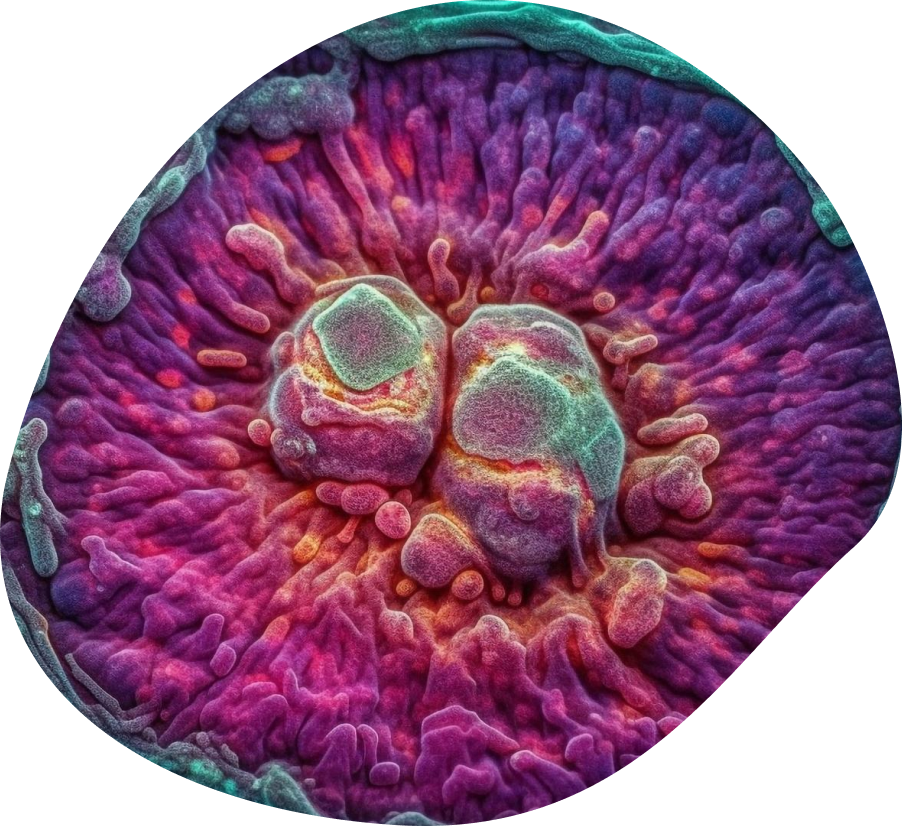
BGP-15 significantly reduces oxidative stress in embryos, a crucial factor for maintaining cellular integrity. This reduction in mitochondrial reactive oxygen species (mtROS) enhances the overall quality and development potential of embryos.


reversing ovarian fibrosis & anovulation
Reversing
Ovarian Fibrosis and Anovulation

BGP-15 can reverse ovarian fibrosis and anovulation in contexts of obesity or aging. It influences ovarian health by modulating mitochondrial dysfunction and other related stressors like oxidative stress and inflammation.
a critical need in reproductive medicine
Counteracting
Maternal Aging-Related Abnormalities

BGP-15 may represent a novel therapeutic approach against maternal aging-related spindle and chromosomal abnormalities. This addresses a critical need in reproductive medicine, where maternal age is a significant factor affecting fertility outcomes.

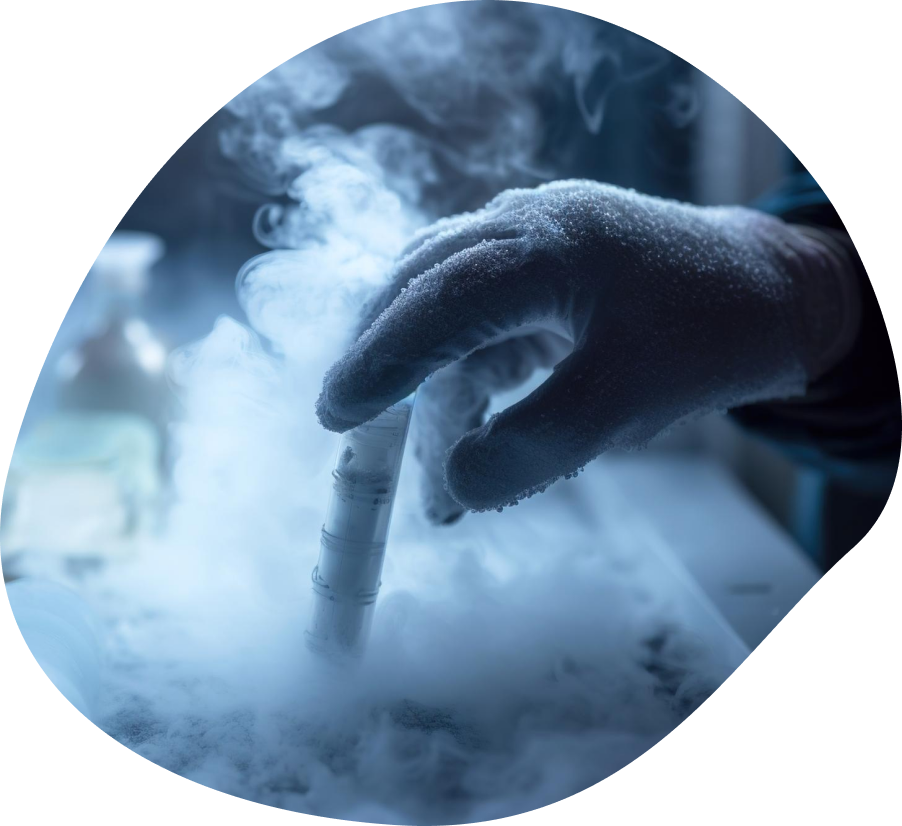
protecting sperm from cryodamage
Application
in Cryopreservation

Incorporating BGP-15 in semen cryopreservation mediums has shown to protect sperm from cryodamage, significantly improving sperm quality post-thawing – an essential aspect of assisted reproductive technologies.
Publications
Umehara et al. 2022, Sci Adv.
Gonzalez et al. 2022, Antioxidants
Al-Zubaidi et al. 2021, Hum Reprod.
Wu et al. 2015, Development
did you know?
~20% of childless adults
who want to have children are not having due to medical reasons
According to a survey conducted among US adults in 2021, childless adults who say they have some other reason for thinking they won’t have kids in the future, 19% say it’s due to medical reasons.
source: pewresearch.org
According to a survey conducted among US adults in 2021, childless adults who say they have some other reason for thinking they won’t have kids in the future, 19% say it’s due to medical reasons.
source: pewresearch.org
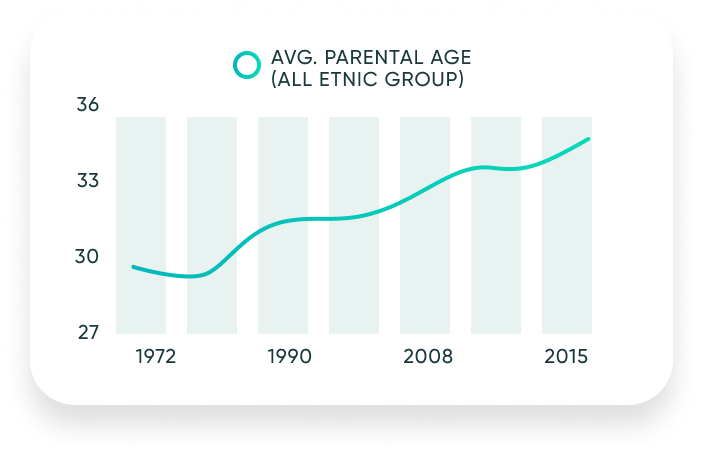
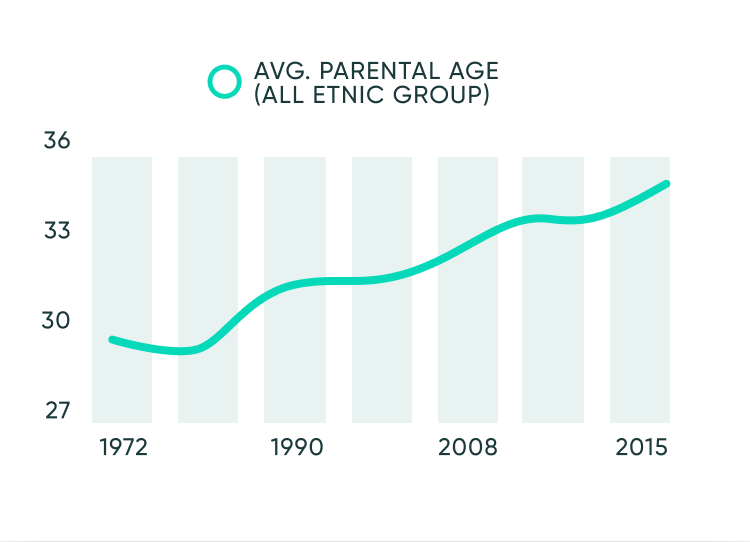
Higher paternal age is associated with lower sperm motility, higher sperm DNA fragmentation, an increased risk of premature birth, low birth weight, low Apgar score, and increased morbidity
soruce: Khandwala et al. 2017.
older parents
Mean paternal age
is steadily increasing in the developed world
Higher paternal age is associated with lower sperm motility, higher sperm DNA fragmentation, an increased risk of premature birth, low birth weight, low Apgar score, and increased morbidity
soruce: Khandwala et al. 2017.
growing obesity
Obesity is also soaring
and is projected to grow further
Obesity-mediated mechanisms, especially oxidative stress culminates in perturbed spermatogenesis, DNA fragmentation and diminished semen quality, leading to impaired male reproductive functions
source: Chaudhuri et al. 2022.
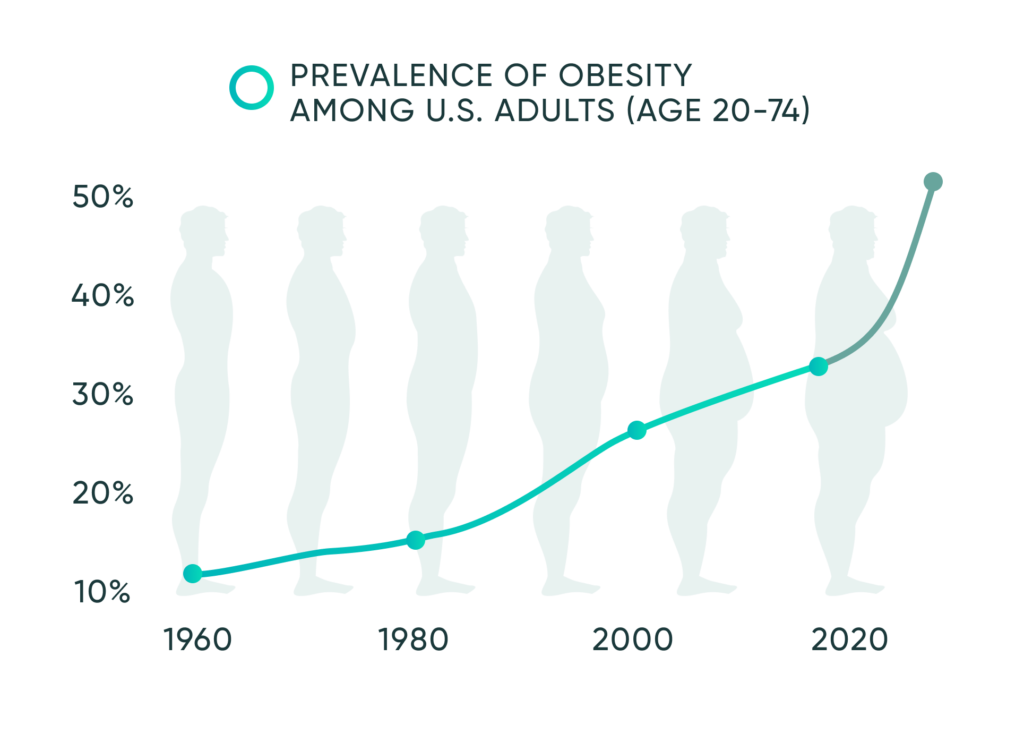
Obesity-mediated mechanisms, especially oxidative stress culminates in perturbed spermatogenesis, DNA fragmentation and diminished semen quality, leading to impaired male reproductive functions
source: Chaudhuri et al. 2022.
low fertility
Health issues
related to low
sperm quality
A broad category of compounds used in consumer products, electronics and agriculture have been linked to human health issues related to low sperm quality and fertility.
about edcs
Endocrine Disrupting Chemicals
Also known as EDCs
Examples of EDCs include bisphenol A (BPA), phthalates, pesticides, and pollutants such as dioxin and polychlorinated biphenyls (PCBs).
Air pollution surrounds cities, subjecting residents to sulfur dioxide, nitrogen oxide and other compounds that likely contribute to abnormal sperm quality.
– Source: Jurewicz et al. 2018
Radiation exposure from laptops, cellphones and modems has also been associated with declining sperm counts, impaired sperm motility and abnormal sperm shape.
– Source: Kesari et al. 2018
More than 80,000 chemicals are registered in the U.S. and nearly 2,000 new chemicals introduced each year. Phthalates (plasticizers) are found in most plastics (e.g. containers) and exposure is associated with negative impacts on testosterone and semen health. – Source: Radke et al. 2018
Herbicides and pesticides abound in the food supply are known to negatively affect fertility.
– Source: Mehrpour et al. 2014
Heavy metals such as cadmium, lead and arsenic are also present in food, water and cosmetics and are also known to harm sperm health.
– Source: de Angelis et al. 2017
common edcs
PLASTICS & FOOD PACKAGING
BPA, Phthalates, Phenol
PESTICIDES
DDT, Chlorpyrifos, Atrazine, 2,3-D, Glyphosate
CHILDREN’S PRODUCT
Lead, Phthalates, Cadmium
INDUSTRIAL SOLVENTS, LUBRICANTS
PCBs and Dioxins
PERSONAL CARE PRODUCTS, MEDICAL TUBING
Phthalates, Parabens, UV Filters
ELECTRONICS & BUILDING MATERIALS
Brominated Flame Retardants, PCBs
ANTI - BACTERIALS
Triclosan
TEXTILES & CLOTHING
Perfluorochemicals
the results
All of these factors could lead to an impending
crisis of male infertility
According to a study published in Human Reproduction Update, the average sperm count of Western men has decreased by 60% in ~40 years
source: Levine et al. 2017, Levine et al. 2022

